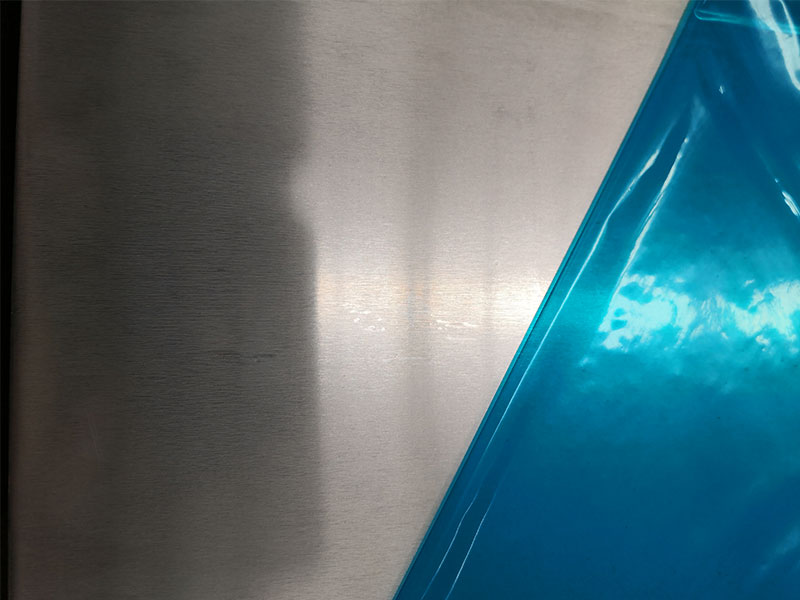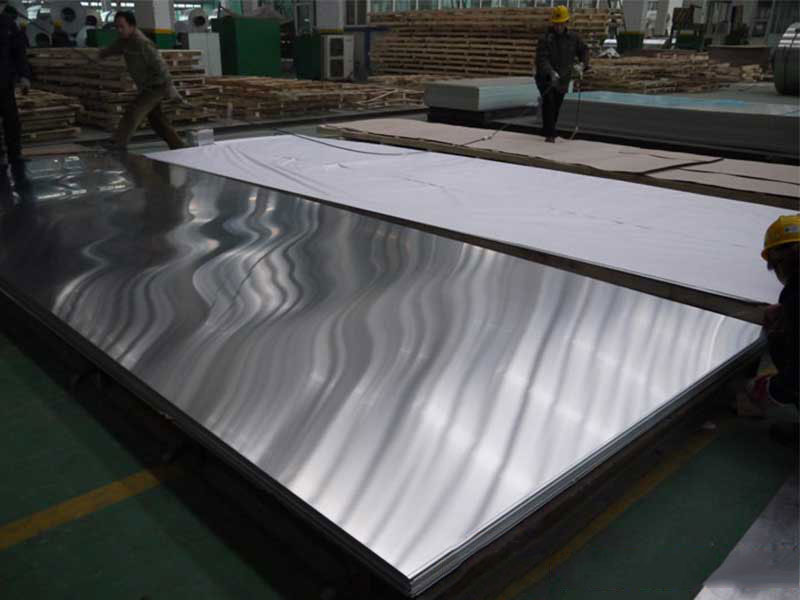0.1mm 0.8mm 3mm 5mm 10mm thick aluminium sheet
Aluminum sheets are among the most versatile and widely used materials in numerous applications. They possess a unique combination of lightweight characteristics, anti-corrosion properties, and malleability that renders them suitable for various uses across industries.
Properties and Benefits of Aluminum Sheets
Lightweight Yet Strong
Aluminum's low density provides a significant weight advantage over steel and other materials, making it easy to handle and transport.
Corrosion Resistance
Powerful anti-corrosive properties of aluminum sheets maintain structural integrity even in adverse weather conditions or when exposed to moisture, can lead to extended lifespans.
Malleability and Flexibility
Aluminum can be easily formed into complex shapes and is ideal for both significant and detailed applications requiring precision.
Thickness-Specific Functions and Applications
0.1mm Aluminum Sheet
- Functions: Primarily used for layering and reinforcing products with minimal weight addition.
- Applications: Aluminum foils, light packaging, insulation materials.
0.8mm Aluminum Sheet
- Functions: Often serves as a lighter option for many users who require good performance partly without sacrificing significant strength.
- Applications: Using for cladding, internal mandrills for extrusions, etc. It's common in aerosol can body manufacture.
3mm Aluminum Sheet
- Functions: Balances strength and weight making it an excellent choice for light-to-medium structures.
- Applications: Temporary structures, street signage, boat parts.
5mm Aluminum Sheet
- Functions: Provides significant strength but still lightweight, valuable for operations requiring reliable metal performance.
- Applications: Script signage, stair treads, platform frames, vehicle bodies, and analysis equipment bases.
10mm Aluminum Sheet
- Functions: Heavy-duty structural duty and equipment where high durability is essential (provides significant strength).
- Applications: Heavy machinery housing, trailer beds, certain aerospace applications.
Technical Specifications
Parameters for Each Thickness
| Thickness | Weight/Sheet (kg) | Yield Strength (MPa) | Tensile Strength (MPa) | Elongation (%) |
|---|---|---|---|---|
| 0.1mm | 0.259 | 70 | 124 | 10 |
| 0.8mm | 2.073 | 83 | 180 | 13 |
| 3mm | 8.307 | 110 | 295 | 12 |
| 5mm | 14.12 | 120 | 310 | 10 |
| 10mm | 29.32 | 140 | 325 | 8 |
Chemical Composition
The most commonly used aluminum alloys are 1050, 1060, 5005, and 6061. Here is the typical chemical composition of these alloys:
| Alloy | Al (%) | Cu (%) | Fe (%) | Mg (%) | Mn (%) | Si (%) | Zn (%) |
|---|---|---|---|---|---|---|---|
| 1050 | 99.5 | 0.005 | 0.1 | 0.005 | 0.05 | 0.3 | 0.05 |
| 1060 | 99.6 | 0.01 | 0.2 | 0.03 | 0.2 | 0.2 | 0.03 |
| 5005 | 95 | 0.6 | 0.6 | 0.6 | 0.5 | 0.5 | 0.1 |
| 6061 | 94 | 0.15 | 0.7 | 1.0 | 0.15 | 0.6 | 0.25 |
Implementation Standards
Aluminum sheet grades are manufactured according to globally recognized standards. Some of them include:
- ASTM B209 for weldability and dry-cycle reliability observations.
- ISO 4049 for assessment of various alloy inputs.
- EN 485-6 corroborating conformity across nearly all process lines.
https://www.aluminumplate.net/a/01mm-08mm-3mm-5mm-10mm-thick-aluminium-sheet.html







